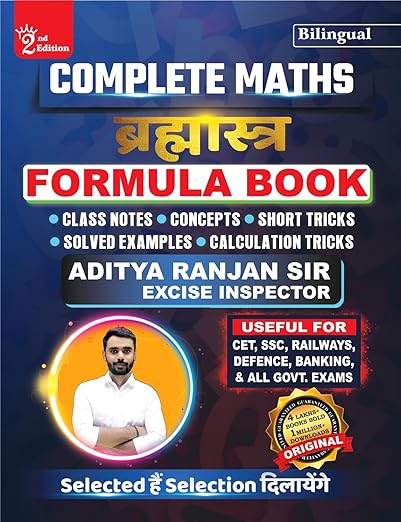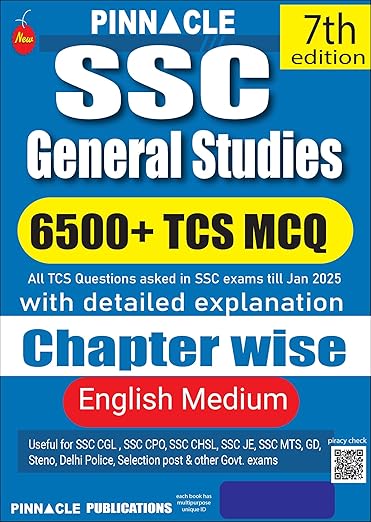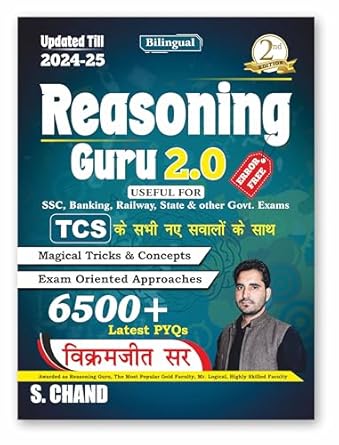Verbal analogies are all about relationships. They test your ability to see a relationship between two words and to recognize a similar relationship between two other words. Verbal analogy tests measure not only your understanding of the words themselves but also your mental flexibility and ability to manipulate relationships. The key to analogy success is being able to express the relationship between the words in a pair-not words mean, but how they are related.
What do Verbal Analogy Questions Look Like?
An analogy can be written in several different ways. It may be written as a sentence, using only words, or symbols may be substituted for the connecting words.
Question 1: Winter is to summer as cold is to
(A) Wet
(B) Future
(C) Hot
(D) Freezing
(E) Spring
Answer. The correct answer is (C). WINTER and SUMMER are opposites, or antonyms. The antonym for COLD is HOT.
Some analogies supply three of the four necessary words. You must find the relationship between the first two words and then choose a word that is related to the third word in the same way.
Question 2: Spelling is to punctuation as biology is to
(A) Science
(B) Animals
(C) Dissection
(D) Chemistry
(E) Experiment
Answer. The correct answer is (D). SPELLING and PUNCTUATION are two subjects studied in English. BIOLOGY and CHEMISTRY are two subjects studied in the field of science.
How do you Solve Verbal Analogies?
To solve verbal analogies, follow these five steps:
- Figure out how first two words are related.
- Make up a sentence that expresses that relationship.
- Try out your sentence on each answer choice and eliminate the ones that don’t work.
- If you’re left with more than one answer – or no answer at all – go back and make your sentence fit better.
- Choose the best answer. If none of the choices fit exactly, choose the one that works best.
What do Smart Test-Takers Know?
A sentence can make the connection
Question 1: Seribble is to writes as
(A) Inform is to supply
(B) Mutter is to listen
(C) Nuzzle is to feel
(D) Ramble is to feel
(E) Stagger is to walk
Answer. The correct answer is (E). Summarize each analogy relationship with a sentence. In this case, scribbing is a bad kind of writing. Use the same sentence to test connections between the two words in the answer choices. When you find one that work, you’re found your answer.
(A) Informing is a bad kind of supplying. (No).
(B) Muttering is a bad kind of listening. (No).
(C) Nuzzling is a bad kind of feeling. (No).
(D) Rambling is a bad kind of playing. (No).
(E) Staggering is a bad kind of walking. (Yes).
The More Precise Your Sentence, the Better
You cannot expect to solve every analogy by simply plugging in a list of common analogy types. Remember that the analogies get more difficult as you work your way through each group. Use the common categories as a starting point. But be prepaid to refine the relationship by making your sentence more precise. Consider this Example:
Question Grain is to silo as
(A) Pilot is to plane
(B) Judge is to courtroom
(C) Water is to reservoir
(D) Clock is to time
(E) Automobile is to highway
Answer. The correct answer is (C).
If you apply the “place where” idea without thinking, here is what happens:
A silo is a place where you would find grain.
(A) A plane is a place where you would find a pilot.
(B) A courtroom is a place where you would find a judge.
(C) A reservoir is a place where you would find water.
(D) A clock is a place where you would find time.
(E) A highway is a place where you would find automobiles.
You can eliminate choice (D), but that still leaves you with four possible answers. Now is the time to go back and make your original sentence fit better. How can you express the relationship between silo and grain more precisely?
A silo is a place where grain is stored.
(A) A plane is a place where a pilot is stored.
(B) A courtroom is a place where a judge is stored.
(C) A reservoir is a place where water is stored.
(D) A highway is a place where automobiles are stored.
Know the Most Common Verbal Analogy Categories
The same relationships appear over and over again in verbal analogy questions. Knowing what the categories are and looking for them as you tackle each problem will make your job easier. Some of the most commonly used with SSAT analogy questions are:




Great
Very Helpful. I am so happy that I saw this. Can I get more test questions?